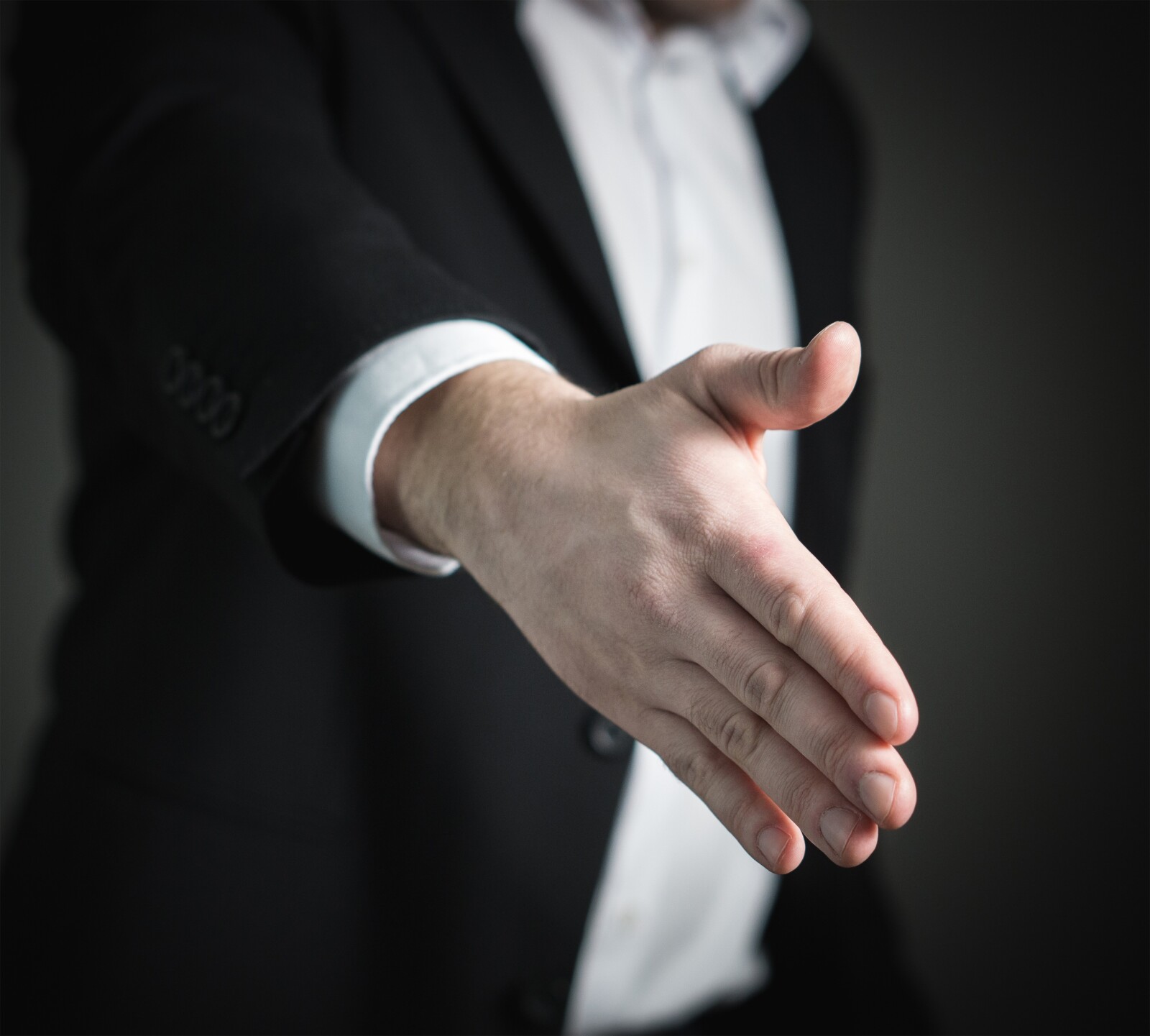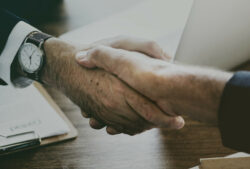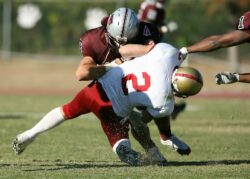10 Tips for Negotiating a Higher Slip and Fall Settlement
Navigating the complex terrain of slip and fall settlements can be as precarious as the accident itself. This article elucidates ten critical steps, from immediate post-accident actions to strategic negotiations, to secure a higher settlement.

It emphasizes the importance of timely medical attention, meticulous documentation, and efficient evidence gathering.
Additionally, the role of a personal injury attorney is explored, underscoring their potential to enhance the negotiation outcome.
Key Takeaways
- Immediately report the slip and fall accident to management and file an official incident report.
- Seek immediate medical attention and ensure that your medical records link your injuries to the accident.
- Request surveillance video footage and inform your attorney if you decide to file a personal injury lawsuit.
- Gather all medical bills and records, including expenses covered by private health insurance, and keep records of all related bills.
Reporting Your Slip and Fall Accident Immediately
For a more favorable negotiation of a slip and fall settlement, it is imperative to report the accident to the management immediately, ensuring the event is officially documented and the details of the incident are accurately recorded.
Understanding how to report a slip and fall accident effectively is crucial. An effective report should include relevant details such as the exact location, the conditions leading to the accident, and any witnesses.
What information to include in an incident report is also vital. This may encompass the date and time of the accident, the nature and extent of injuries, and any immediate actions taken. Photographs of the accident scene may also be beneficial.
This rigorous documentation can significantly strengthen the negotiation process for a slip and fall settlement.
Being Careful With Your Statements at the Scene
Caution must be exercised when making statements at the scene of an accident, as any remarks could potentially compromise a future claim. It is imperative to understand liability, as any admission of fault, however unintentional, can be detrimental for the case.
It is advised to refrain from unnecessary conversations regarding the incident. Avoid making any statements that could be construed as an admission of liability. Expressing uncertainties about injuries sustained is preferable over making definitive statements.
The importance of legal representation cannot be overstated in these scenarios. A seasoned attorney can provide guidance on the appropriate conduct at the accident scene and further interactions, thereby safeguarding the rights and interests of the individual involved in the accident.
The Importance of Seeking Immediate Medical Attention
Immediate medical attention following an accident not only ensures the wellbeing of the individual involved, but also serves as an essential element in substantiating claims related to the incident.
The importance of seeking immediate medical attention cannot be overstated, as it demonstrates the severity of injuries sustained and helps to establish a direct link between the accident and the injuries.
Medical documentation plays a critical role in the settlement process, providing objective evidence of the injuries and their associated treatment costs. It also serves to illustrate the extent of the physical and emotional trauma endured.
Therefore, prioritizing immediate healthcare and meticulous record-keeping not only enhances the victim's recovery but also bolsters the credibility and strength of any subsequent compensation claim.
How to Request Surveillance Video Footage
Obtaining surveillance video footage can play a pivotal role in substantiating claims related to slip and fall accidents, as it provides objective evidence of the incident and its circumstances. It is crucial to know how to preserve surveillance footage and how to obtain a subpoena for surveillance footage.
One must request the surveillance footage as soon as possible after the incident. The request should be made in writing to ensure preservation of the footage.
If access to the footage is denied, it may be necessary to obtain a subpoena for surveillance footage. This legal document compels the property owner to release the footage.
Legal assistance may be beneficial in these scenarios, as experienced attorneys possess the knowledge to navigate these procedures effectively and efficiently.
Gathering and Organizing Your Medical Bills and Records
Accurate documentation of medical expenses and records is essential in building a substantial claim after an accident. Comprehensive knowledge of medical billing codes aids in explaining the nature and extent of the injuries sustained, providing a detailed account that substantiates the claim.
In addition, understanding the statute of limitations for filing a slip and fall claim is crucial in ensuring the claim is filed within the legal timeframe. Organizing and maintaining these records diligently can significantly enhance the claim's credibility and potential for a higher settlement.
Therefore, an in-depth understanding of medical billing codes, coupled with a keen awareness of the statute of limitations, is vital in the process of gathering and organizing medical bills and records for a slip and fall claim.
Documenting and Accounting for Lost Income
Following a meticulous assembly of medical bills and records, a vital next step in negotiating a higher slip and fall settlement is the careful documentation and accurate accounting of lost income.
A comprehensive account of lost wages is instrumental in substantiating the financial impact of the incident. By detailing the workdays missed, the rate of pay, and any lost opportunities for overtime or promotions, a clearer picture of the financial implications can be drawn.
In discussing lost wages, it is essential to consider the value of personal leave or sick days used due to the injury.
Calculating lost income is a critical component in determining the overall compensation required, thus strengthening the negotiation position for a higher settlement.
- Document workdays missed due to the injury
- Include lost opportunities for overtime or promotions
- Consider the value of personal leave or sick days used due to the injury
Gathering Evidence to Prove Negligence
In the pursuit of a favorable outcome in a premises liability claim, the collection and presentation of compelling evidence to establish negligence on the part of the property owner is of paramount importance. Demonstrating this fault necessitates a comprehensive and strategic approach to collecting evidence, which may include photographs of the accident scene, witness statements, and violation of building codes.
The following table illustrates some critical components involved in proving fault:
| Evidence Type | Relevance |
|---|---|
| Photographs of the accident scene | Depicts the exact state of the premises at the time of the accident, capturing any hazards that may have contributed to the incident. |
| Witness Statements | Provides third-party accounts of the incident, reinforcing the claimant's narrative and potentially revealing owner negligence. |
| Building Code Violations | Establishes a clear breach of the owner's duty of care, directly linking their negligence to the accident. |
How to Counter Blame From the Insurance Adjuster
Countering blame from the insurance adjuster requires strategic gathering of evidence to refute any claims of the injured party's contribution to the injury. It is paramount to anticipate attempts to shift blame onto the injured party and proactively work towards disproving such assertions. Accurate representation of events and clear evidence of the responsible party's negligence are instrumental in successfully refuting insurance adjuster claims.
Securing statements from witnesses, corroborating the injured party's version of events, is crucial.
Providing medical evidence indicating the absence of any signs of intoxication or impairment can counter suggestions of self-induced injury.
Documenting responsible behaviour leading up to the accident can be persuasive in proving fault in the slip and fall accident.
Such strategic measures effectively counter the insurance adjuster's blame and aid in negotiating a favorable settlement.
Justifying Your Medical Bills and Expenses
Justification of medical expenses is a crucial aspect of any personal injury case, requiring detailed documentation and explanation of each cost incurred as a result of the incident. It is highly recommended to understand the medical billing process and apply effective negotiating strategies.
| Documentation | Explanation |
|---|---|
| Medical Bills | Clear and itemized costs of each service or treatment provided. |
| Medical Reports | Supporting evidence of the necessity and extent of medical treatments. |
| Insurance Coverage | Indication of personal insurance coverage and out-of-pocket expenses. |
The medical bills, along with their corresponding medical reports, provide a concrete basis for negotiations. The insurance coverage, on the other hand, showcases the financial burden borne by the victim. Together, these documents can significantly strengthen the position of the claimant, resulting in a potentially higher settlement.
The Role of a Personal Injury Attorney in Your Settlement
Navigating the complexities of a personal injury claim often necessitates the expertise of a skilled attorney, whose roles encompass case evaluation, evidence gathering, negotiation with insurance adjusters, and potential litigation. The importance of legal representation in these scenarios cannot be overstated.
Attorneys possess a comprehensive understanding of the legal landscape surrounding personal injury claims and can effectively navigate its intricacies.
They are adept at handling negotiations with insurance adjusters, aiming to secure the maximum possible settlement.
In cases where negotiations fail, attorneys are prepared to proceed with litigation, leveraging their expertise to advocate for clients' rights.
The role of an attorney, thus, extends beyond mere representation - they serve as indispensable allies in the pursuit of justice, ensuring the injured party's interests are prioritized and protected.
Frequently Asked Questions
How Long Do I Have After the Accident to File a Slip and Fall Claim?
The timeline for filing a slip and fall claim varies depending on jurisdiction, often ranging from one to three years from the date of the accident. This period, known as the statute of limitations, is crucial to observe. Missing this deadline usually results in the loss of the right to pursue a claim.
Therefore, understanding filing procedures and promptly initiating legal action post-incident is imperative to protect potential compensation rights.
What if I Can’t Afford the Medical Treatment Necessary for My Injuries?
In situations where medical treatment for slip and fall injuries is unaffordable, potential options may include:
- Utilizing insurance coverage: Insurance coverage could potentially offset substantial costs.
- Seeking treatment financing: Treatment financing could provide manageable payment plans.
- Exploring public assistance programs: Public assistance programs may offer support services.
Thus, multiple avenues exist to manage seemingly prohibitive medical expenses.
What Are Some Common Defenses Used by Property Owners in a Slip and Fall Case?
Property owners often adopt two common defenses in slip and fall cases: the 'Slippery Conditions Defense' and 'Trespassing Accusations'.
The Slippery Conditions Defense suggests that the property owner could not reasonably prevent the slippery condition, such as ice formation in winter.
The Trespassing Accusations defense asserts that the injured party was unlawfully present on the property.
Both defenses aim to shift liability away from the property owner, much like a chess player making strategic moves to avoid checkmate.
How Does the Concept of Comparative Negligence Impact My Slip and Fall Settlement?
The concept of comparative negligence impacts a slip and fall settlement by determining the degree to which the claimant's own negligence contributed to the accident. This concept, part of the Negligence Proofs, can decrease the settlement amount if the claimant is found partly responsible.
Therefore, it is a crucial Settlement Factor. It is imperative to present robust evidence to minimize one's contribution to the incident and to maximize the potential settlement.
Can I Still Seek Compensation if I Had a Pre-Existing Condition That Was Worsened by the Slip and Fall Accident?
Yes, compensation can still be sought if a pre-existing condition was exacerbated by a slip and fall accident. The legal doctrine of 'eggshell plaintiff' supports this notion, emphasizing the defendant's responsibility for all consequences of their negligence.
However, the importance of condition disclosure cannot be overstated since accurate medical history is vital for fair compensation.
Overall, the impact of a pre-existing condition on a settlement largely depends on the specific circumstances of the case.

This post has been generated by AI and was not reviewed by editors. This is Not legal advice. Please consult with an attorney.




